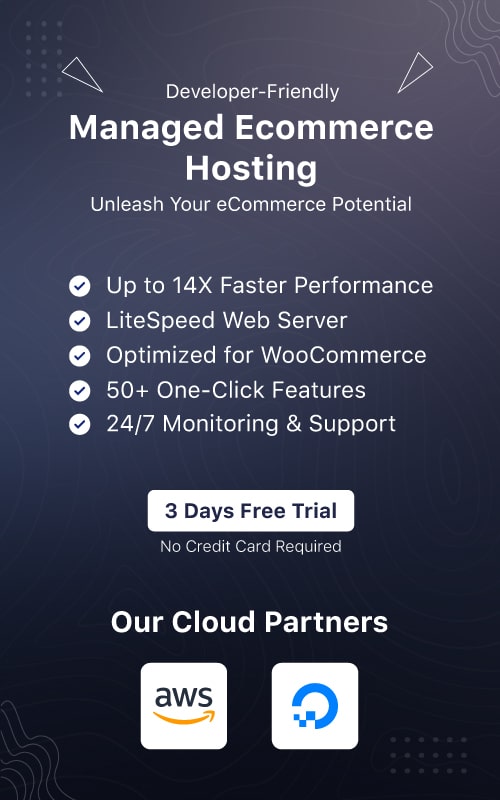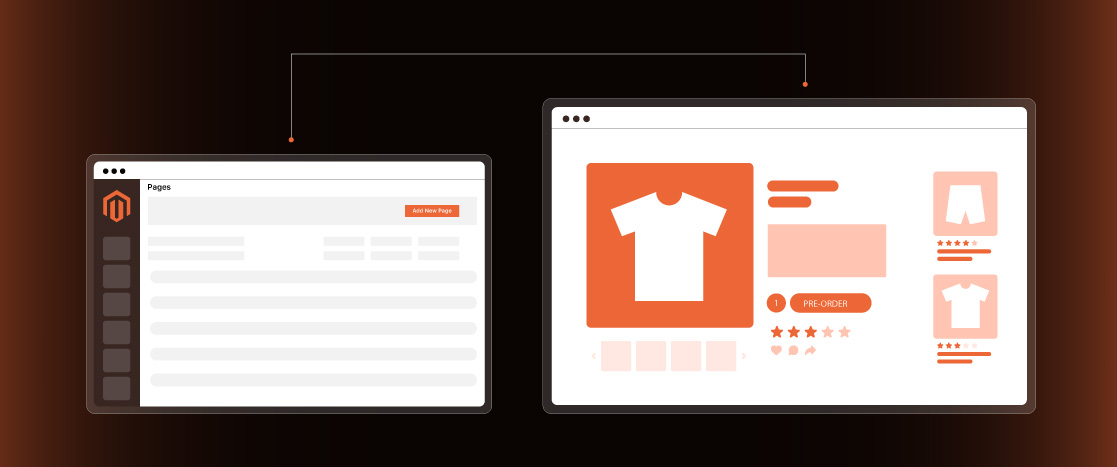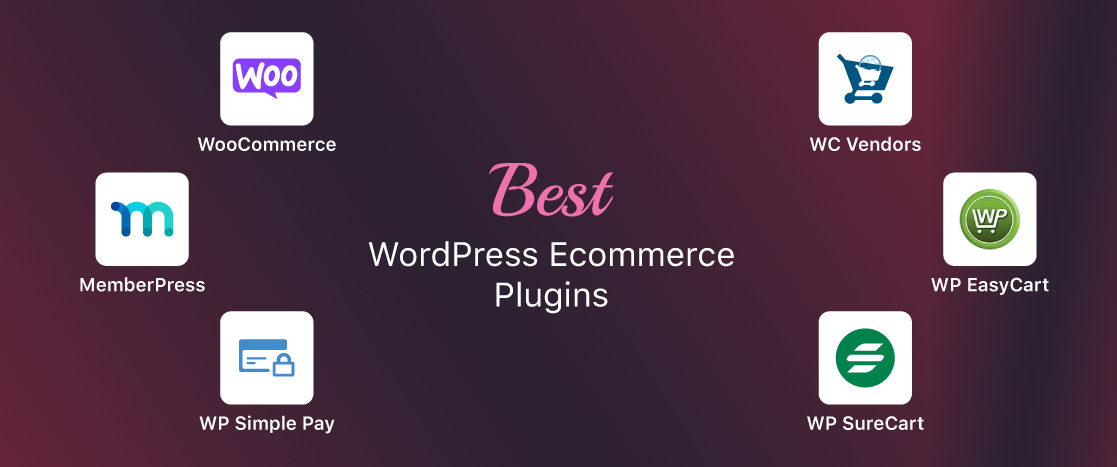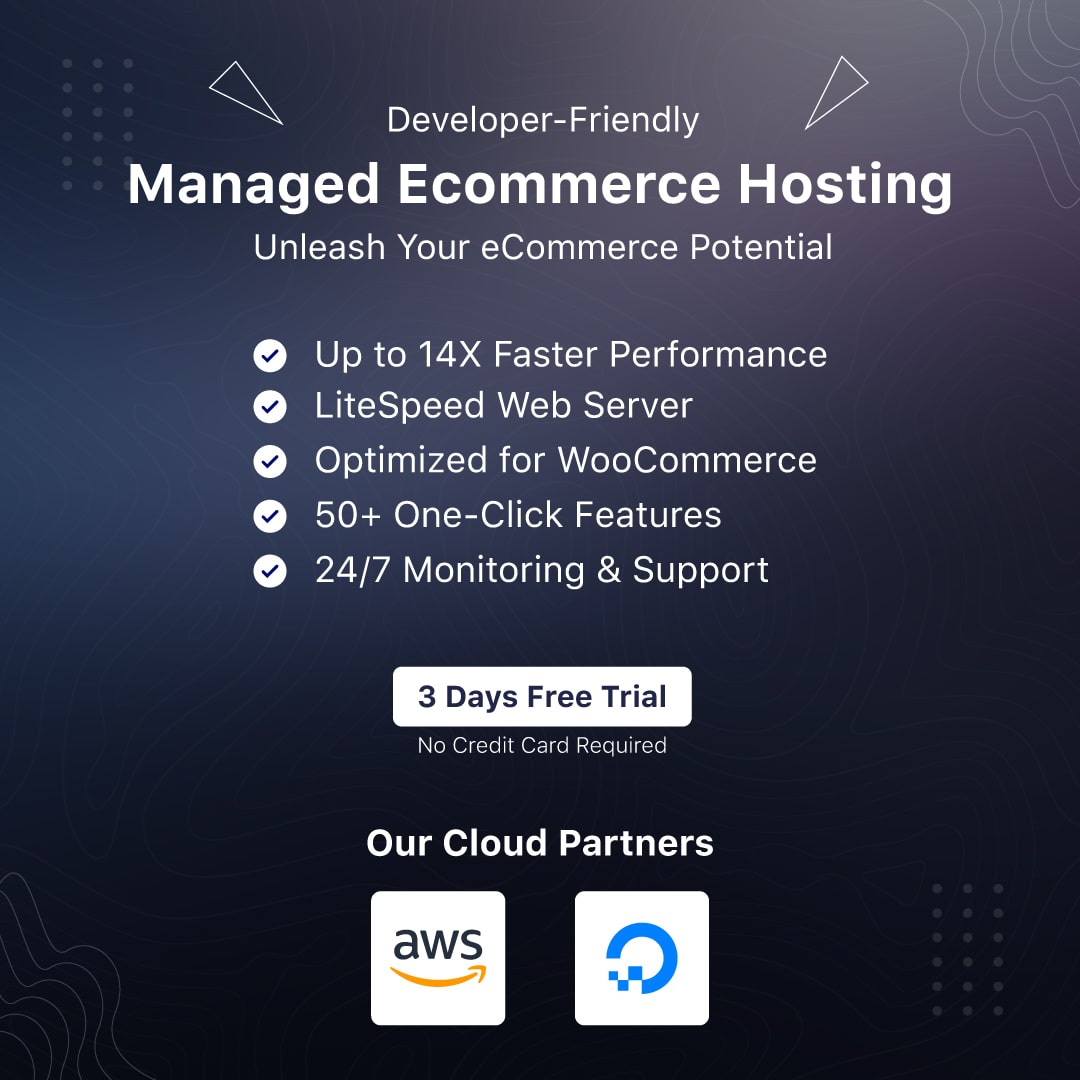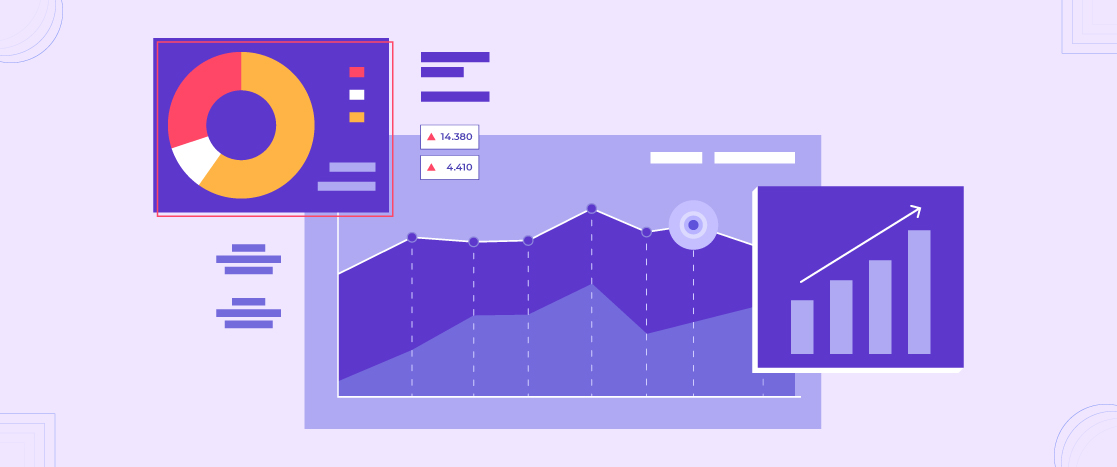
Maximize Profitability for Dropshipping Store Analytics
- Establishing the Importance of Data Accuracy and Integrity
- Setting Clear Objectives and Key Performance Indicators (KPIs)
- Collecting and Managing Relevant Data Streams
- Selecting the Right Tools and Technologies for Analysis
- Analyzing Customer Behavior for Strategic Insights
- Forecasting Demand and Anticipating Market Trends
- Enhancing Store Design and User Experience Through Analytics
- Leveraging Dropshipping Search Engine Optimization for Visibility
- Personalizing the Customer Experience Through Analytics
- Conversion Rate Optimization (CRO) Informed by Data
- Conclusion:
- FAQs
Issues with dropshipping, such as insufficient inventory, shipment delays, and high return rates, can frequently seem to have no end. Third-party handling of shipping and inventory changes also creates a significant blind spot in future strategy planning.
But do not give up. These days, you can anticipate and prepare for these difficulties far in advance of their occurrence. Dropshipping data analytics puts you in control by predicting demand, finding alternative suppliers, and exposing order management flaws.
It reveals consumer trends and patterns to help you stay profitable, safeguard your margins, and make better decisions.
This article will cover many ground, including how data analytics may help drop shippers become more profitable and efficient.
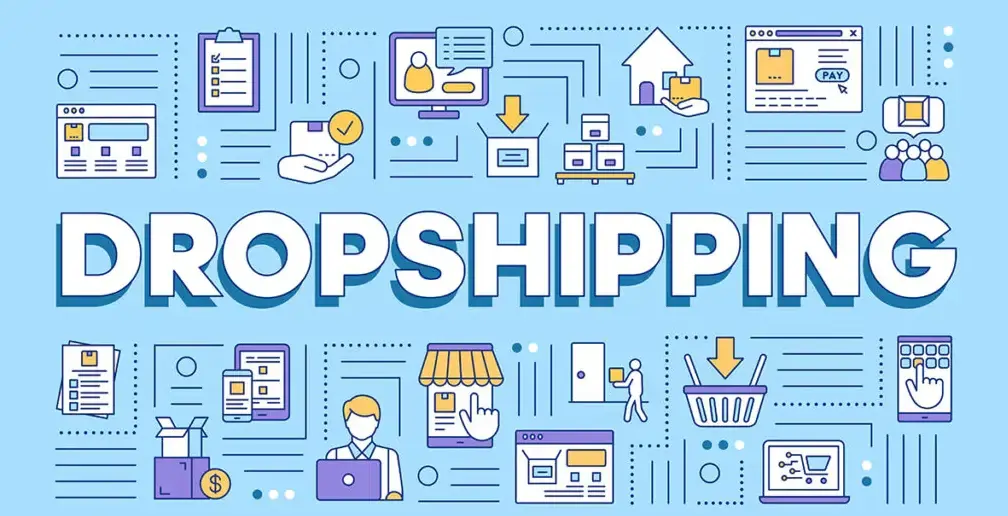
- Establishing the Importance of Data Accuracy and Integrity
- Setting Clear Objectives and Key Performance Indicators (KPIs)
- Collecting and Managing Relevant Data Streams
- Selecting the Right Tools and Technologies for Analysis
- Analyzing Customer Behavior for Strategic Insights
- Forecasting Demand and Anticipating Market Trends
- Enhancing Store Design and User Experience Through Analytics
- Leveraging Dropshipping Search Engine Optimization for Visibility
- Personalizing the Customer Experience Through Analytics
- Conversion Rate Optimization (CRO) Informed by Data
- Conclusion:
- FAQs
Learning Data Analytics for Dropshipping
Dropshipping data analytics simplifies the processing of orders, inventory planning, returns management, and product selection by distilling complicated information into useful insights. It assists you in comprehending client expectations and adjusting business procedures to satisfy them. Data analytics lets Dropshipping companies forecast consumer behavior and make strategic choices.
For instance, you can start targeted advertisements to increase sales and confirm the demand for new products. The same data can be used for pricing and inventory planning. In this manner, you may profit from rising demand and never run out of supply.
Similarly, with each company, you need to focus on a small number of data types while running analytics, depending on your metrics and business goals. A few of these are included below.
Sales and marketing information
Conversion rates, page views, cart abandonment rates, average order values, repeat business, and so forth are some examples. It can determine which products are the greatest sellers, track sales by channel, analyze demand trends, and more.
Data on client feedback
This category includes customer reviews, complaints, refunds, cancellations, swaps, and more. Customer service can be enhanced with the use of this kind of data.
Data on Supplier Efficiency
Here, you have to monitor pricing levels, product quality, typical fulfillment time, etc. Delivering a high-quality customer experience, improving your ROI, and improving your supplier negotiations are all made possible by properly analyzing data.
Establishing the Importance of Data Accuracy and Integrity
Effective dropshipping optimization relies on clean, reliable data. Inaccurate numbers or incomplete information can lead to investing in products that do not sell, pursuing marketing strategies that fail to attract relevant audiences, or setting prices that erode profit margins. Ensuring data accuracy and integrity means verifying the authenticity and completeness of every information that feeds into your analytics engine.
When your data is accurate, you gain the confidence to pivot quickly, allocate resources wisely, and react effectively to emerging trends. Data integrity provides the firm foundation to reliably test new strategies, forecast demand, and identify inefficiencies. Without trustworthy information, your path to dropshipping optimization becomes clouded, making it vital to enforce data quality standards from the outset.
Connecting Data Analytics to Dropshipping Goals
Every dropshipping store aims to increase profitability, enhance customer satisfaction, and scale operations over time. Data analytics provides the roadmap for achieving these goals by connecting them to tangible metrics and measurable outcomes. Instead of relying on vague aspirations like “improve conversions” or “get more traffic,” analytics lets you define precise objectives and determine how various strategies impact performance.
Whether you aim to improve conversion rates, shorten shipping times, increase returning customer frequency, or refine your product mix, data analytics reveals which levers to pull. This approach turns dropshipping optimization into a continuous cycle of measuring, learning, and refining, bringing greater clarity and direction to all facets of your operation.
Setting Clear Objectives and Key Performance Indicators (KPIs)
Setting clear objectives and KPIs involves identifying measurable goals aligned with your business vision and establishing quantifiable metrics to track progress. Focusing on specific, actionable indicators creates a roadmap for improvement, ensuring every decision is data-driven and supports long-term dropshipping optimization. Ultimately, clarity guides sustainable scaling and growth.
Identifying Core KPIs for Dropshipping Optimization
Before data can guide your decisions, you must define which performance metrics matter most. Identifying core KPIs is essential for transforming vast information streams into practical insights. In a dropshipping environment, KPIs include conversion rate, average order value, returning customer rate, and customer acquisition cost. These metrics are markers for evaluating your store’s performance and determining whether specific tactics deliver results.
For example, if your conversion rate stagnates despite increased traffic, you should investigate the factors limiting conversions rather than wasting time chasing more unqualified visitors. KPIs act as navigational aids, ensuring you steer your business toward improved profitability, more substantial brand recognition, and sustainable growth.
Linking KPIs to Strategic Business Outcomes
Defining KPIs is only half the battle; connecting them to long-term strategic outcomes gives these metrics real purpose. When KPIs directly relate to your overall mission, each data point becomes a clue guiding you toward your ultimate goals. For instance, if your strategy involves building a loyal customer base to secure recurring revenue, focusing on metrics like repeat purchase rate and average order value ties your day-to-day efforts to that aim.
By linking KPIs to strategic objectives, you ensure your team understands why they track specific numbers and how each improvement moves the business closer to its vision. As a result, every decision is viewed through the lens of supporting the store’s broader aspirations, allowing data analytics to function as an engine driving both short-term wins and long-term success.
Collecting and Managing Relevant Data Streams
Collecting and managing relevant data streams involves gathering information from various sources—e-commerce platforms, analytics tools, and external databases—and consolidating it in a centralized repository. By ensuring data quality, consistency, and accessibility, you create a comprehensive foundation for analysis, helping you make informed decisions that drive dropshipping optimization and growth.
Integrating E-Commerce Platform Analytics
Your e-commerce platform generates valuable data that provides insight into product popularity, cart abandonment rates, and revenue sources. By integrating native analytics tools from platforms like Shopify or WooCommerce, you gain immediate access to sales reports, traffic overviews, and basic customer behavior metrics.
E-commerce platform analytics often includes built-in features that track performance over time, making it easier to spot patterns and correlate them with changes in marketing or inventory. By leveraging these metrics, you begin to piece together the narrative behind your store’s performance, paving the way for more advanced analysis beyond the platform itself.
Leveraging Third-Party Analytics Services
While native analytics are helpful, they can be limited in scope. Third-party analytics services like Google Analytics deepen your understanding of user behavior. Connecting your store to these platforms allows you to analyze customer journeys, traffic sources, and on-site engagement in greater detail. Such tools allow you to see which channels bring the most valuable visitors, how users navigate through your site, and where they drop off before completing a purchase.
Additionally, third-party analytics services often provide advanced segmentation and customization features, enabling you to isolate certain user groups or identify patterns in returning customers. Using multiple data sources ensures no single platform’s shortcomings skew your perception.
Maintaining a Centralized Data Repository
If data remains scattered, you risk losing track of essential insights as you collect information from multiple sources. Maintaining a centralized data repository brings all your metrics together in one place. Consistent data storage ensures team members can access the information they need, compare metrics across periods, and trust that everyone references the same source of truth. Centralization also simplifies reporting and reduces the time spent hunting for figures.
Instead of navigating several dashboards and documents, you have a unified view of your business. Centralized data encourages a more holistic approach to decision-making, enabling you to connect the dots, uncover correlations, and run comprehensive analyses incorporating every aspect of your dropshipping enterprise.
Selecting the Right Tools and Technologies for Analysis
Selecting the right tools and technologies for analysis means choosing platforms, software, and integrations that fit your expertise, goals, and budget. Aligning these solutions with your data collection methods and scale ensures a seamless workflow, delivering accurate insights, boosting efficiency, and supporting continuous dropshipping optimization as your business evolves.
Choosing Analytics Platforms Suited for Dropshipping Optimization
Selecting the right tools sets the stage for robust data analysis. Your choice of analytics platforms should align with the complexity of your operations, your level of technical expertise, and your budget. Some solutions provide a straightforward interface and basic metrics, ideal for beginners who need quick insights without a steep learning curve.
Consider factors like scalability, user-friendliness, and the availability of support resources. Look for tools that can grow with your business, accommodate more extensive data sets, and integrate with other software in your ecosystem.
Implementing Automation and Reporting Dashboards
Manual data analysis can be time-consuming and prone to human error. Automation accelerates the process by regularly pulling fresh data, generating reports, and updating dashboards without constant intervention. Automated reporting reduces the risk of mistakes, ensures you always get critical updates, and allows you to focus on interpreting results rather than crunching numbers.
For example, if your conversion rate unexpectedly drops, an automated alert can prompt you to investigate the underlying cause. Automation and dashboards bring efficiency and transparency to your operations, helping you maintain a proactive stance rather than reacting too late to emerging issues.
Analyzing Customer Behavior for Strategic Insights
Analyzing customer behavior for strategic insights involves examining how users browse, engage with products, and respond to marketing across your store. By identifying patterns in actions and preferences, you can tailor product offerings, enhance user experiences, and refine tactics to increase conversions, loyalty, and long-term business growth.
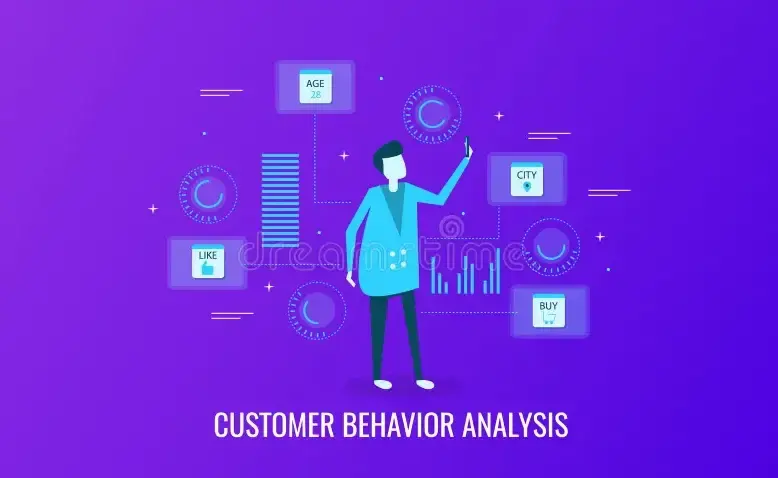
Breaking Down Customer Journeys and Touchpoints
Every visitor to your dropshipping store embarks on a journey that may involve browsing, comparing products, reading reviews, and adding items to their cart. Analyzing these journeys reveals where shoppers experience friction and where they find value. By mapping each touchpoint, you discover which pages attract initial interest, what information customers seek before buying, and how they progress toward checkout.
Understanding these journeys provides actionable insight into streamlining navigation, improving product descriptions, and offering the right incentives at the right moments. As you refine these touchpoints based on data, you create a smoother, more intuitive experience that boosts conversion rates and nurtures long-term customer loyalty.
Segmenting Audiences for Tailored Marketing
Not all customers are alike, and broad marketing campaigns may fail to resonate with diverse audiences. Segmenting customers based on demographics, purchase histories, and browsing habits allows you to craft more targeted marketing messages. By identifying specific groups—such as returning customers looking for premium products or first-time visitors drawn by discounts—you can deliver experiences that speak to their unique needs. Segmented marketing can appear in personalized email campaigns, custom landing pages, or targeted ads that address distinct shopper motivations..
Utilizing Behavioral Metrics to Refine User Experience
Behavioral metrics like session duration, pages per session, and on-site search queries shed light on how visitors interact with your store. These insights help pinpoint areas needing improvement. If customers quickly abandon certain product pages, it may indicate a need for more compelling information or an overly complex layout.
By continuously monitoring behavioral metrics, you can implement incremental changes that streamline navigation, clarify messaging, and enhance overall usability. Over time, these minor, data-driven adjustments accumulate to create a more engaging user experience that encourages shoppers to explore, buy, and return.
Forecasting Demand and Anticipating Market Trends
Forecasting demand and anticipating market trends involves using historical data and external indicators to predict future product popularity, seasonal fluctuations, and emerging niches. By identifying shifts before they occur, you can prepare strategic inventories, adjust marketing campaigns, and stay ahead of evolving customer expectations to maintain competitive advantage and growth.
Leveraging Predictive Analytics for Seasonal Variations
Seasonal trends can dramatically influence sales, from holiday gifting sprees to summer apparel surges. Predictive analytics allows you to anticipate these patterns by examining past data. With accurate forecasting, you can prepare special promotions, adjust your advertising spend, and ensure sufficient stock before the busy period arrives. By constantly refining seasonal predictions, you grow more adept at navigating shifting market conditions, ensuring your store remains relevant and resilient year after year.
Identifying Emerging Product Categories Early
Staying ahead of trends can be a game-changer in a competitive market. Monitoring search volumes, social media chatter, and emerging keywords can give you insight into shifting consumer interests. Data analytics reveals patterns that indicate when specific product categories are gaining momentum. Identifying these trends early gives you a head start in sourcing products, optimizing product listings, and crafting marketing campaigns. Adapting to emerging categories keeps your inventory fresh, appealing, and aligned with evolving customer desires.
Integrating External Market Insights
Beyond your internal data lies a wealth of external information that can enrich your understanding of the market. Macroeconomic indicators, industry reports, and consumer sentiment analyses provide context for changes in consumer behavior. Integrating external insights with your store’s data gives you a nuanced perspective on what drives or dampens demand.
Accounting for external factors ensures your strategies remain flexible, data-driven, and responsive to the broader world, ultimately contributing to more robust dropshipping optimization.
Enhancing Store Design and User Experience Through Analytics
Enhancing store design and user experience through analytics involves examining navigation paths, session durations, and engagement metrics to identify and fix usability issues. By refining the layout, improving loading speed, and simplifying the checkout process, data-driven changes create a more intuitive environment that fosters higher conversions, returning customers, and sustained growth.
Assessing Site Navigation and Layout Efficiency
Data analytics helps you understand how shoppers move through your store’s pages. By analyzing click paths, bounce rates, and exit points, you identify sections that confuse users or fail to engage their interest. With this knowledge, you can refine category structures, simplify navigation menus, and highlight popular products.
Gradual design improvements guided by analytics transform your site from a generic storefront into an intuitive shopping environment.

Improving Page Load Times and Technical Performance
Slow-loading pages frustrate users and lead to high abandonment rates. Monitoring site speed and related technical metrics gives you insight into how performance issues impact sales. If data shows that visitors leave when pages take longer than three seconds to load, you know to invest in faster hosting, compress images, or refine code. As performance improves, so do user satisfaction and search rankings since search engines reward sites that deliver a smooth, efficient browsing experience.
Leveraging Dropshipping Search Engine Optimization for Visibility
Dropshipping search engine optimization relies on discovering the right keywords to target. By analyzing keyword volumes, competition levels, and user intent, you can align your product listings, blog posts, and landing pages with customers’ terms when searching online. Data-driven keyword selection ensures that every piece of content you produce has a purpose: attracting qualified traffic that is more likely to convert.
On-Page and Technical SEO Enhancements
Improving on-page elements like title tags, meta descriptions, headings, and internal links makes it easier for search engines to understand and rank your content. Technical optimizations, including clean code, a mobile-friendly layout, and structured data, enhance your site’s visibility.
Over time, your store evolves into a well-structured, search-friendly environment that steadily attracts organic traffic. As visibility grows, so does the potential customer base you can convert into loyal buyers.
Continuous Monitoring of SEO Metrics
SEO is an ongoing process, and success requires regular monitoring. By tracking keyword positions, organic traffic growth, and changes in conversion rates from search visitors, you gauge the effectiveness of your SEO strategies. Analytics reveal which pages lose rankings and which gain traction.
Continuous monitoring ensures your SEO efforts remain agile, focused, and aligned with ever-evolving search engine algorithms, supporting long-term dropshipping optimization.
Personalizing the Customer Experience Through Analytics
Personalization transforms a generic storefront into a tailor-made shopping experience. You can recommend items that interest customers by analyzing browsing history, past purchases, and product page engagement. Recommendation engines, powered by data analytics, suggest complementary products, highlight trending categories, or remind users of items they viewed before. This personalized approach encourages larger baskets, increases repeat visits, and boosts lifetime customer value. Over time, a data-driven recommendation strategy builds loyalty and enhances the overall perception of your brand as attentive and responsive to shopper needs.
Segment-Specific Email Marketing and Promotions
Email marketing becomes more effective when informed by customer segmentation. You send messages that resonate more deeply by dividing your email list into groups based on purchase habits, demographics, or interests. Personalized promotions, product launches, or content updates speak directly to the recipient’s preferences. Over time, segmentation-driven email marketing fosters more substantial relationships, improves campaign performance, and ensures that each message feels relevant to the reader, encouraging them to return to your store.
Conversion Rate Optimization (CRO) Informed by Data
Data analytics reveals which steps in your checkout process discourage buyers from finalizing purchases. If many customers leave at the payment step, investigate whether complicated forms or limited payment options are to blame. By systematically analyzing these barriers, you can simplify forms, introduce guest checkouts, or add popular payment gateways. Addressing friction points directly translates into higher conversion rates and improved revenue. Over time, continuous CRO efforts informed by data ensure that your checkout process evolves into an effortless experience, minimizing abandoned carts and maximizing sales.
Monitoring Micro-Conversions to Help Achieve Larger Objectives
Not every valuable customer action is a purchase. Micro-conversions like newsletter sign-ups, product wishlist additions, or content downloads can signal future buying intent. By monitoring these smaller events, you gain insight into how users engage with your brand before purchasing. For example, high newsletter sign-ups may predict stronger sales from that audience down the line.
Conclusion:
Incorporating data analytics into every aspect of your dropshipping operation empowers you to move beyond guesswork and towards continuous, evidence-based improvement. By carefully gathering accurate information, defining meaningful KPIs, and employing the right tools, you create a solid foundation for informed decision-making. Analytics allows you to pinpoint what resonates with customers, refine product offerings, optimize prices, and streamline your supply chain. As you track performance over time, you gain the agility to adapt to changing consumer trends, emerging market conditions, and evolving industry landscapes.
Rather than settling for short-term fixes, a data-driven approach supports sustainable growth. It transforms your store into an agile, customer-centric enterprise that consistently meets buyer expectations. Every insight gleaned from data—whether related to sales patterns, customer behavior, or competitor actions—adds depth to your strategic playbook. Ultimately, analytics fosters a cycle of optimization in which every improvement leads to better results, stronger brand loyalty, and long-term profitability.
FAQs
How can I begin using data analytics in my dropshipping company?
Understanding your primary business objectives and associated indicators is the first step in implementing data analytics for dropshipping.
Next, compile all of your marketing, sales, and customer service information in one location. Make sure the data is correct and current by cleaning and formatting it.
Determine patterns and trends by pulling reports based on the metrics. Recall that to obtain significant business insights, you would want a minimum of six months of data.
